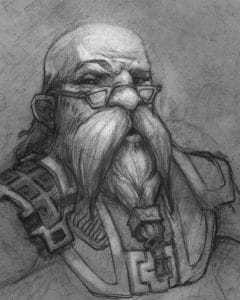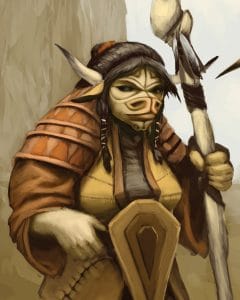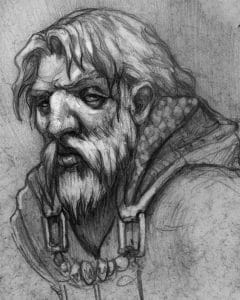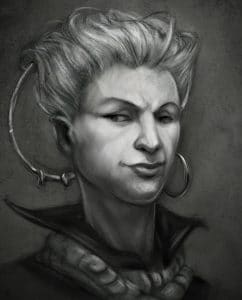Kogu 56, SP~5,021
Magistrate Weshem:
Thank you for writing to me. I am happy to answer your question as to the nature of the Undead. As a member of the GERC Shadow-Inflected Energies Department, I have studied this matter in depth. I seriously hope you will never have one come before you in your court, but I can see why you would want to be prepared. Your city’s legal system is certainly… thorough. And yes, I do understand how access to the subject matter might not be easy to come by, even given Naldrin City’s prodigious libraries. After all, the bulk of our knowledge on the subject is quite recent, and resides here in our archives.
Before the Stillness Wars, I thought of Undead (I know I should refer to them with the technical term Stills, but after meeting them face-to-face, it no longer seems appropriate) the same way that every other member of the GERC does: interesting, admittedly dangerous, but ultimately unproblematic creatures. Of course there were reports of shells (or shufflers, if you prefer) cropping up here and there. Every once in a while, we’d even hear about revenants causing all sorts of problems. But militias were sent out, mercenaries were hired, or (in some extreme cases) the Enforcers were dispatched, and the problem was soon put right. But for all that we knew, and all that we thought we knew about the Undead, we were totally unprepared for what would happen when we met them en masse.
But you didn’t take the trouble to write to me to ask about the Stillness Wars – you wanted to know about the Undead. I’ll be happy to tell you about them, although I warn you that my theoretical perspective has been forever biased by my personal encounters. However, I’ve spent enough ink on preamble. Let’s get to the meat of the issue.
We are held together, as you no doubt know, by Spirit. Spirit is the binding force that glues the rest of our Energies together. Without it, we would just be five “clouds” of pure Body, Emotion, and so on. Spirit is adaptive — it can learn, change, and grow. What makes the Undead different from us is that they are held together by Stillness energy. Stillness, like Spirit, binds other Energies together. But where Spirit is movement and change, Stillness is inertia and stability.
This has good effects and bad. For instance, we know (now in theory and in practice) that the Undead, being bound by Stillness, cannot learn as quickly as we can. It will take them approximately twice as long to master any new skill, or to learn any new information. This great weakness is ultimately what we exploited to win the Stillness Wars. However, the unchanging nature of Stillness also gives Undead a great advantage — they are incredibly difficult to damage or kill. Because Stillness will continue to bind in the face of dramatic changes to the state of its attached Energies, blows that would kill a Spirit-bound creature will only cause moderate damage. Powers that might have an overwhelming effect on a living entity will only marginally affect the Undead. They can endure great extremes of cold and heat, go for long periods of time without food or water, and have tremendous stamina. It is known in theory (and hopefully never in practice) that this same effect means Undead creatures will live for an unnaturally long time before succumbing to old age.
I hope you find this information helpful. You are, of course, welcome to write again if you require any further assistance.
In Faith,
Grommakk Dakkar of the Fireforge Clan
Evoker, Station 3 Energetic Zoologist
Naldrin University




